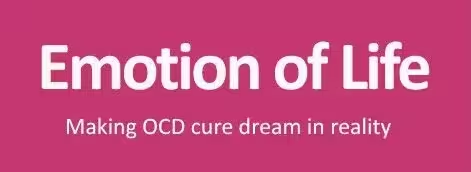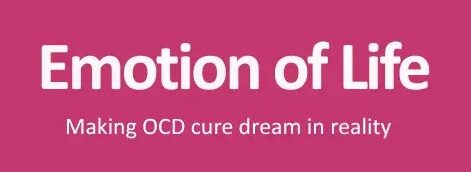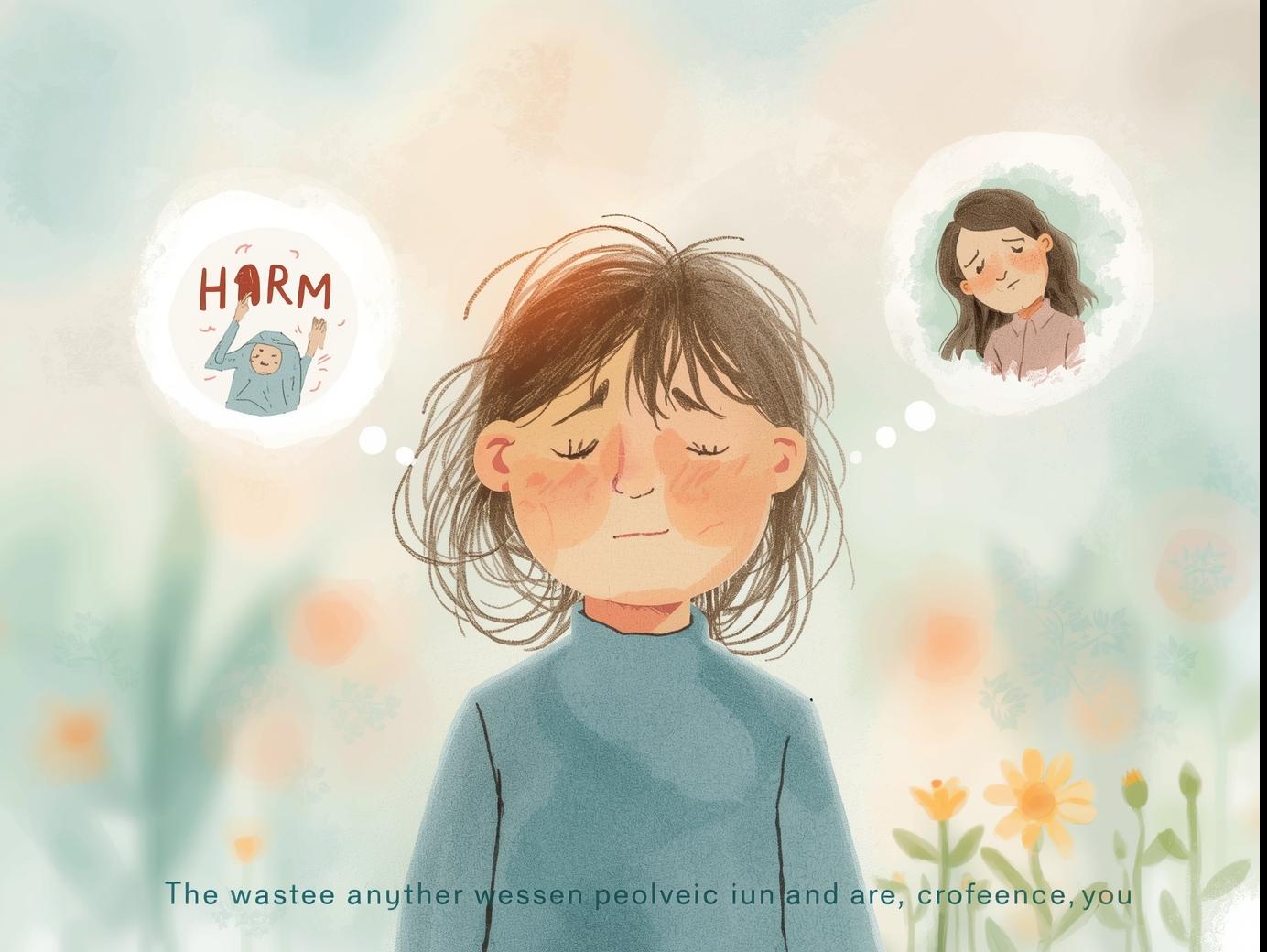Magical thinking OCD in children is a type of obsessive-compulsive disorder characterized by intrusive thoughts and irrational beliefs that lead a child to think their actions, words, or even thoughts can influence unrelated events in real life. For example, a child might believe that failing to tap a doorframe a specific number of times could result in their parent being hurt in an accident, or that merely thinking a negative word could cause something bad to happen to a sibling. These beliefs, although illogical, feel very real to the child, and the resulting anxiety prompts compulsive behaviors aimed at preventing harm or ensuring safety. Initially, magical thinking OCD in children may go unnoticed, as parents might interpret these rituals as mere quirks, daydreaming, or simple superstitions. However, these thoughts and behaviors are associated with significant distress, disrupt daily life, and can affect the child’s emotional and social development if not addressed.
Magical thinking OCD in children typically arises during middle childhood, a period of rapid growth in imagination, abstract thought, and moral reasoning. While children at this age commonly blur the lines between fantasy and reality, in the case of OCD, fear and compulsion distort this developmental phase. The child comes to view ordinary thoughts as dangerous, leading to feelings of overwhelming responsibility. An intrusive thought, such as imagining a house fire, may push the child to perform a ritual to avert disaster. This struggle goes beyond mere thinking; it is accompanied by fear, guilt, and shame that perpetuate the cycle. Unlike typical magical beliefs in child development, magical thinking OCD in children is defined by high anxiety, continual compulsions, and disruption in home, school, and social settings.
Symptoms of Magical Thinking OCD in Children
Magical thinking OCD in children is not a choice or mere superstition. It arises from a mix of psychological vulnerabilities, social factors, and environmental contexts. Physical symptoms often accompany it, including headaches, stomachaches, muscle tension, and sleep difficulties, indicating chronic anxiety. Children may report rapid heartbeats, sweating, or dizziness when resisting rituals or confronting intrusive thoughts. Emotionally, the distress can be profound; the child may feel an overwhelming sense of responsibility for preventing harm, excessive guilt if rituals are not performed, or fear of being perceived as “bad” or “dangerous.” This inner conflict can diminish self-esteem, foster continual doubt, and disrupt trust in their own thoughts.
Types of Magical Thinking OCD in Children
Different themes characterize the types of magical thinking OCD in children, yet they all involve irrational cause-and-effect beliefs. Some children engage in “harm prevention rituals,” convinced they must behave in certain ways to shield family members from harm. Others grapple with “moral contamination,” believing that a “bad” thought or word taints objects or individuals, necessitating rituals of cleansing or avoidance. Another category includes “number or symmetry compulsions,” where a child feels compelled to count or organize items in a specific way to avert disaster. Additionally, spiritual or religious magical thinking is prevalent; the child may fear divine punishment or feel accountable for sin if they fail to pray in a certain manner. The key distinction between these magical thinking OCD in children behaviors and normal childhood rituals or imaginative play lies in the severity of fear, the compulsive, repetitive nature of the actions, and the significant impairment in daily functioning.
Causes of Magical Thinking OCD in Children
Psychological perspective
Children with high anxiety sensitivity, perfectionism, or an exaggerated sense of responsibility are at greater risk. They often grapple with cognitive distortions, such as “thought-action fusion,” which is the belief that merely thinking about something can make it more likely to occur.
Social factors
Particularly family dynamics play a significant role. Parents who inadvertently provide reassurance or accommodate their child’s rituals may inadvertently strengthen them, while high levels of family stress or overly protective parenting can exacerbate symptoms. Peer interactions, such as bullying or social exclusion, can also drive a child’s need for control through rituals.
Environmental pressures
Changing schools, parental conflicts, or family illnesses can trigger or heighten symptoms.
Treatment of Magical Thinking OCD in Children
Treatment for magical thinking OCD in children offers hope and is supported by evidence, incorporating various therapeutic strategies, lifestyle adjustments, and family engagement.
Cognitive Behavioral Therapy (CBT)
CBT serves as the basis of treatment, helping children identify distorted thoughts and challenge irrational beliefs about cause and effect. Through cognitive restructuring, children learn that merely thinking of something negative does not cause it to happen, and that their rituals are not truly protective. Therapists utilize age-appropriate methods, such as stories, cartoons, or games, to help children understand the distinction between thoughts and reality, allowing them to reframe intrusive thoughts safely. Learn more.
Exposure and Response Prevention (ERP)
ERP gradually exposes children to distressing thoughts or situations while preventing them from carrying out the related rituals. For instance, a child who fears that failing to tap a chair will lead to harm may be encouraged to sit without tapping, experiencing anxiety while discovering that no harm occurs. With repeated sessions, the child learns that rituals are not needed, leading to a natural reduction in anxiety. Therapists manage the pace carefully and often involve parents to support exposure activities at home. Learn more.
Acceptance and Commitment Therapy (ACT)
ACT enhances CBT by altering a child’s relationship with intrusive thoughts. Rather than resisting these thoughts or their associated rituals, ACT encourages children to accept mental events as temporary experiences that do not represent reality. Through mindfulness techniques, such as observing thoughts without judgment, and value-centered exercises that emphasize what is truly important, children can shift their focus away from rituals.
Wellness coaching
Wellness coaching promotes routines that prioritize sleep, exercise, nutrition, and relaxation, enhancing emotional regulation and mental wellness. These healthy habits complement therapy by providing a supportive framework. Children learn they are more than their magical thinking OCD, and by nurturing both body and mind, they can cultivate the energy needed to cope, learn, and thrive. Parents also benefit as family stress decreases.
Incorporating personality dynamics
Addressing personality traits (perfectionism, guilt sensitivity, over-responsibility) provides insight into relational, cognitive, and emotional patterns. Psychoeducation helps families identify these traits and approach them with compassion. This makes therapy not only about symptom reduction but about building resilience, adaptability, and self-awareness.
Developing effective coping mechanisms
Children are taught to substitute rituals with positive coping strategies like grounding techniques, deep breathing, journaling, or creative endeavors. Learning to accept uncertainty is crucial; children gradually increase tolerance by practicing acceptance of unknown outcomes while discovering they can still feel safe. Parents model balanced reactions, and schools can provide gentle accommodations such as regular breaks.
Emotional and mental health focus
The overarching goal is to improve emotional and mental health—beyond reducing rituals. Therapy enhances self-esteem, emotional awareness, social skills, and family dynamics. Family therapy reduces conflicts and accommodations, fostering an environment conducive to healing. When appropriate, guided discussions about spirituality or meaning can shift fear-based magical thinking into healthier reflections.
The prognosis for children treated promptly and thoroughly is positive. A combination of CBT, ERP, ACT, wellness coaching, personality insight, coping skills training, and emotional development typically leads to significant improvements. Children not only see symptom reduction but also gain lifelong skills in resilience and self-awareness. Parents who respond with empathy and consistency while collaborating with professionals help establish a strong foundation for recovery.
Success Story
SUCCESS STORY of overcoming Magical thinking OCD in children
FAQ
How is magical thinking different from normal childhood imagination?
All children engage in pretend play and imagination, but magical thinking OCD is different because it comes with high anxiety, repetitive rituals, guilt, and fear of consequences. Instead of fun fantasy, the child feels trapped in rituals that interfere with daily life.
What are common symptoms of magical thinking OCD?
Children may show excessive responsibility for preventing harm, repetitive rituals like tapping, counting, or arranging items, avoidance of certain words or objects, and physical anxiety symptoms such as headaches, stomachaches, or sleep problems.
How is magical thinking OCD diagnosed in children?
Diagnosis requires assessment by a trained mental health professional who distinguishes between normal imagination and OCD symptoms. Key markers are intense anxiety, compulsions, avoidance, and significant interference with school, family, or social life.
How can parents support a child with magical thinking OCD?
Parents can respond calmly, avoid giving excessive reassurance, stop participating in rituals, and encourage their child to practice coping skills. They should work with therapists, support exposures at home, and model healthy emotional responses.
Will my child grow out of magical thinking OCD?
Most children do not simply “grow out” of OCD, but with early and consistent treatment, symptoms can reduce significantly. Many children learn to manage intrusive thoughts effectively and go on to live happy, fulfilling lives.
16-Step Process of OCD Recovery and Cure Program
- Initial interaction via call or WhatsApp to know the client’s OCD scenario & willingness of recovery mindset.
- The first consultation aims to understand the client’s OCD patterns, subtype, complexity, severity.
- A comprehensive psychological assessment covering the OCD spectrum, emotional and mental health, personality dynamics, quality of life, functional analysis, unconscious mind processing, and present complexity.
- Development of a clear problem statement by the client, followed by a family feedback session to collect inputs.
- Creating and developing a structured work plan with defined goals and a clear timeline.
- Initiation Therapy Foundation Course (6 days).
- A. Customized CBT and ERP one-on-one sessions conducted daily from Monday to Friday over 4 to 6 months.
- B. Weekly family sessions every Saturday throughout treatment.
- Ongoing weekly and monthly progress reviews to assess development & adjust treatment.
- Midterm evaluation in the 3rd month to assess progress.
- Course correction in personality dynamics, focusing on mental health and emotional well-being in month four.
- Relapse management focused on building resilience against primary obsessional patterns.
- End-term evaluation to ensure recovery milestones have been achieved.
- Final declaration of OCD recovery through a three-layer validation process (therapist, family, psychological assessment).
- Post-recovery follow-up sessions weekly on Saturdays for 6 months to ensure sustained progress and prevent relapse.
- Guidance through the 6-month follow-up to help maintain stability and prevent relapse, leading to final OCD cure declaration after completion.
Conclusion
In summary, magical thinking OCD in children is a complex yet highly treatable condition characterized by intrusive thoughts, irrational beliefs about cause and effect, and compulsive behaviors that cause considerable distress. Distinguishing between typical childhood imagination and magical thinking OCD is critical for early intervention. Through appropriate treatments, active family involvement, lifestyle coaching, and an emphasis on long-term emotional growth, children can overcome the challenges of magical thinking and grow into confident, healthy individuals. By addressing the condition with empathy, patience, and holistic care, we empower children not only to cope with magical thinking OCD but also to live their lives with resilience and joy.


